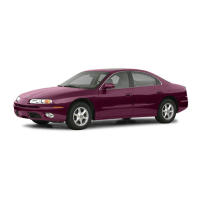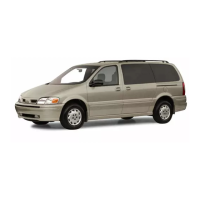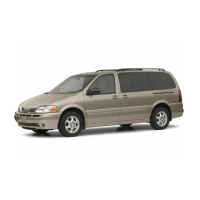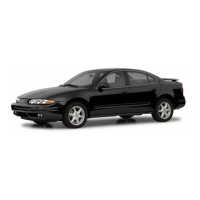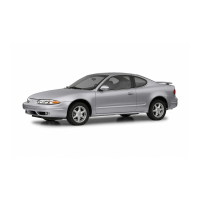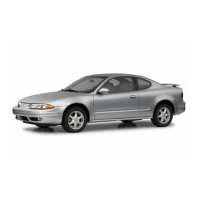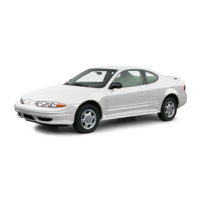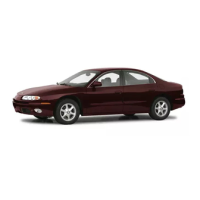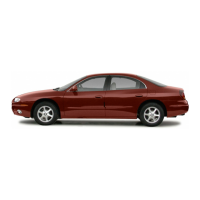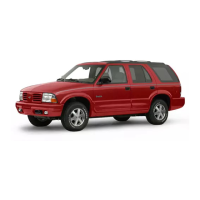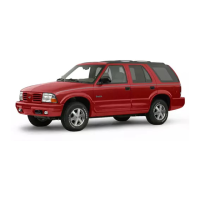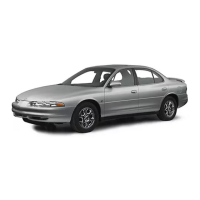Run your engine only as long as you must. This saves
fuel. When you run the engine, make it
go
a little
faster than just idle. That is, push the accelerator
slightly. This uses less fuel for the heat that you get
and
it
keeps the battery charged. You will need a
well-charged battery to restart the vehicle, and possibly
for signaling later on with your headlamps. Let the
heater run for a while.
Then, shut the engine
off
and close the window almost
all the way to preserve the heat. Start the engine
again and repeat this only when you feel really
uncomfortable from the cold. But do it as little as
possible. Preserve the fuel as long as you can.
To help keep warm, you can get out of the vehicle
and do some fairly vigorous exercises every half hour
or
so
until help comes.
If
You
Are
Stuck:
In
Sand,
Mud,
Ice
or
Snow
In order to free your vehicle when it
is
stuck, you will
need to spin the wheels, but you don’t want to spin your
wheels too fast. The method known as “rocking” can
help you get out when you’re stuck, but you must
use caution.
If
you let your tires spin at high spe ~
~,
~ rey
can explode, and you or others could be
injured. And, the transaxle or other parts
of
the vehicle can overheat. That could cause an
engine compartment fire or other damage.
When you’re stuck, spin the wheels as little as
possible. Don’t spin the wheels above
35
mph
(55
km/h) as shown on the speedometer.
4-30

